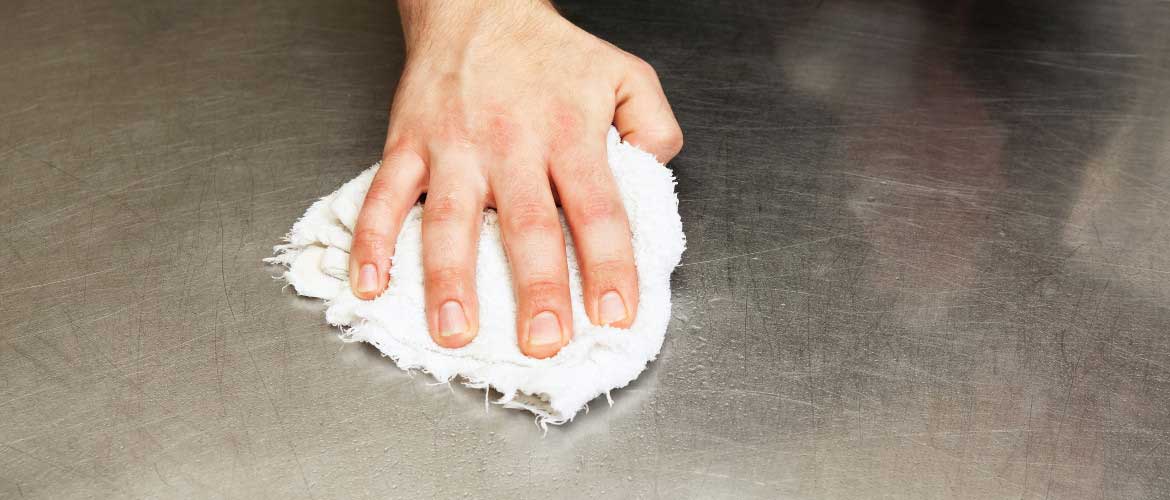There is no doubt that everything at a veterinary facility can get dirty very fast. That is why every such facility needs to utilize veterinary stainless steel throughout – storage tables, exam tables, surgical tables, wet tables, instrument tables, and more. The question you might have is how to protect your investment and get them clean without damaging the surface.
It is always tempting to turn to heavy sterilization methods because you don’t want illnesses to carry from one patient to another. However, the use of bleach is not recommended. Thankfully, there are many tested and approved cleaners that properly protect against pathogens, so you don’t have to resort to bleach, which will eventually corrode your veterinary stainless steel, resulting in rust. Other things you should avoid exposing your veterinary stainless steel to for prolonged periods include iodides, bromides, thiocyanates, and salty solutions. Anything that creates pitting is also harbouring pathogens, so you will have created the exact situation you thought you were avoiding.
If you notice debris that has dried and won’t come off by simple wiping, take caution to use only a nylon or plastic bristle scrubber instead of steel wool or a steel brush. Using these would actually cause steel particles to become embedded, and rust would result.
If your facility’s veterinary stainless steel is looking worse for wear and you worry it could be unsafe for your patients, give us a call at Georgian Anesthesia and Medical Corp. We have a wide selection of veterinary stainless steel for any application. We are a distributor of DRE new and refurbished veterinary medical equipment. We are confident we can help you upgrade your facility with quality products.

